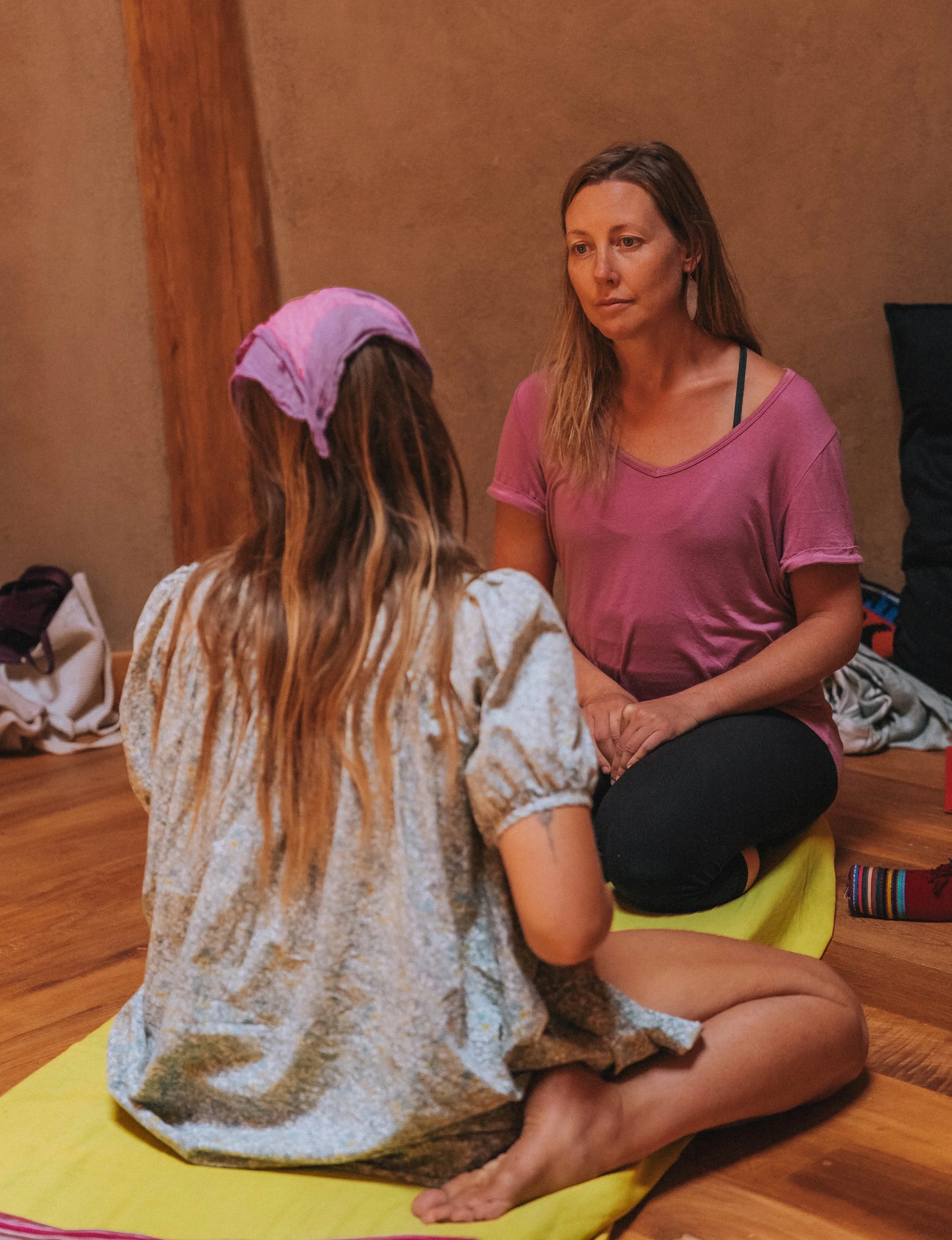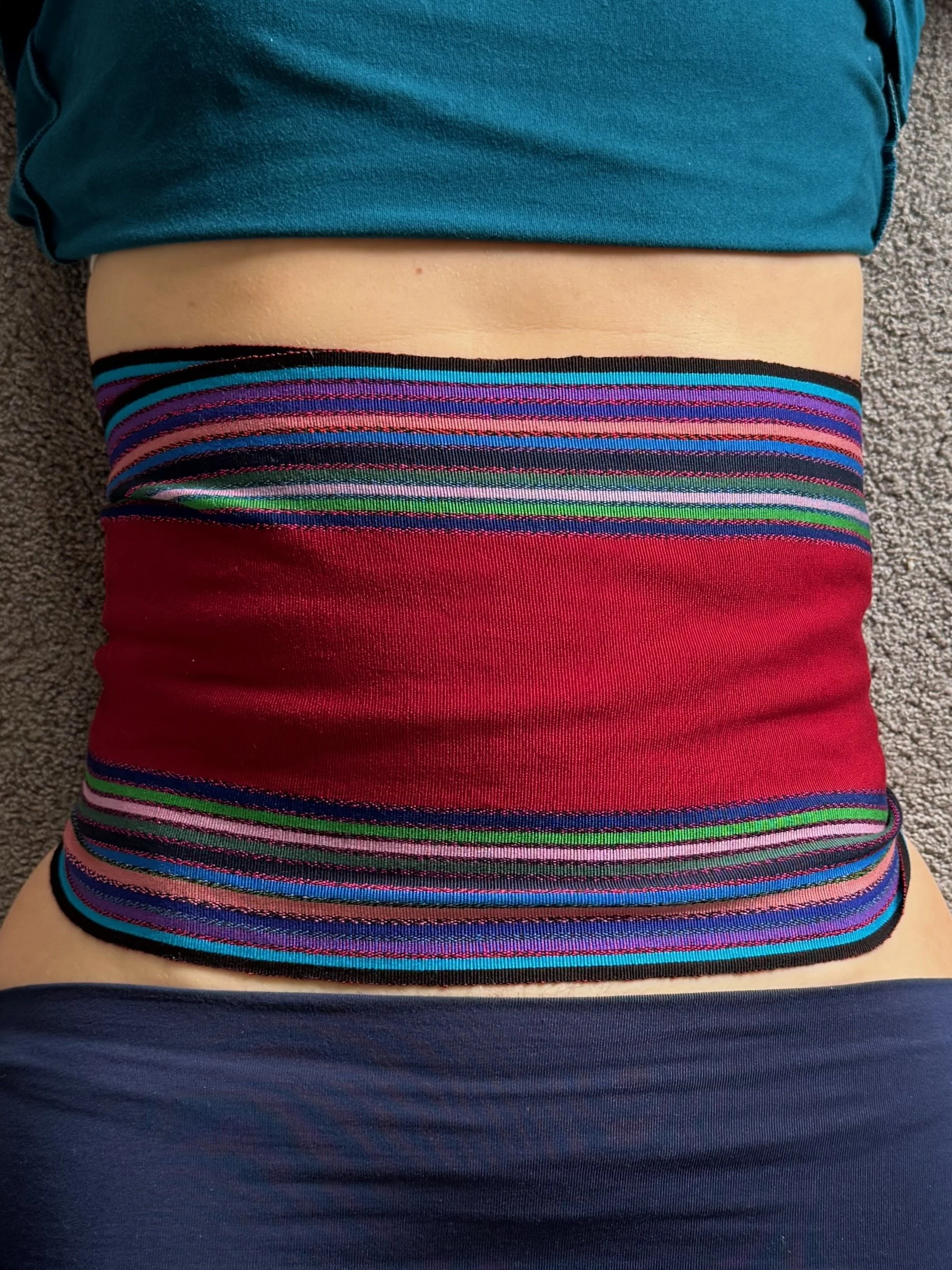Postpartum Care and Healing
A person is postpartum anytime after they have had a baby. Whether it’s been 3 months or 10 years, Internal Pelvic Release Work can help with re-balancing the pelvis, dealing with pelvic pain or prolapse after birth, working with perineal and caesarean scars or understanding the sensations or experiences from birth.
Healing from birth
Birth can be deeply transformative and sometimes testing for our bodies and pelvic tissues—whether your experience was fast or slow, easeful or challenging. Internal work offers a way to honour these tissues, nurture the mother, and support the beautiful pelvis that held your baby through the birth process. The bones and ligaments that shift to make space during labour sometimes need gentle encouragement to return to balanced alignment. Tissues may be bruised, scarred, or hold tension, which can contribute to issues such as back or pelvic pain, tailbone discomfort, pain with sex, abdominal tension, or incontinence.
Physical and emotional birth experiences can both be held in the body, and having the opportunity to speak your birth story and be truly heard can be an important part of healing. Internal Pelvic Release and External Body Balancing provide a gentle, respectful way to explore these layers—bringing compassionate awareness and renewed understanding to the pelvis and the birthing process.
Scar Release Work
Caesarean birth scars and vaginal scars benefit enormously from gentle release work. Scars can hold tension in the tissues, contributing to pain or numbness. Tender, deliberate touch brings about a softening of scars, and so improves blood flow and nervous innervation.
Womb care and pelvic organ support
After birth, the womb has very little structural support for several weeks to months, and dedicated womb care can be enormously beneficial in restoring functional alignment of the pelvic organs—helping to reduce symptoms or prevent misalignment altogether. This may include abdominal massage, internal pelvic release, and traditional midwifery techniques such as belly binding.
Abdominal massage and internal pelvic release can also be part of a holistic approach to prolapse care. Healing and living well with prolapse often involves multiple modalities—improving whole-body alignment and posture with a physiotherapist, chiropractor, or osteopath; expanding the breath and balancing abdominal pressures; supporting optimal strength and weight; using a pessary for comfort and mobility; and, for some, surgery.
Prolapse is not always caused by weakness in the pelvic floor muscles—it can also stem from tension, imbalance, or misalignment within the structures and organs of the abdomen and pelvis. Internal work and pelvic balancing can help release tension, improve circulation to the pelvic tissues and organs, and give the body’s supporting structures the opportunity to function optimally, allowing the organs to return to their natural alignment.



